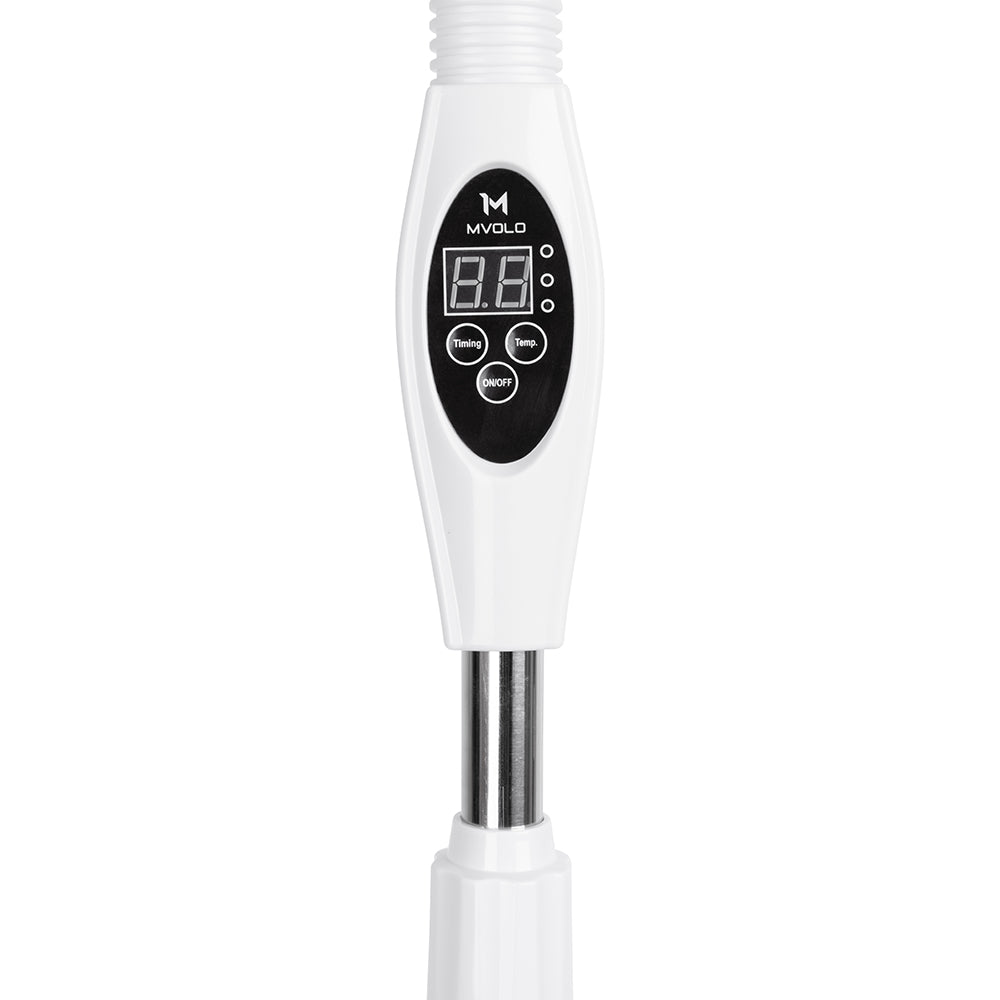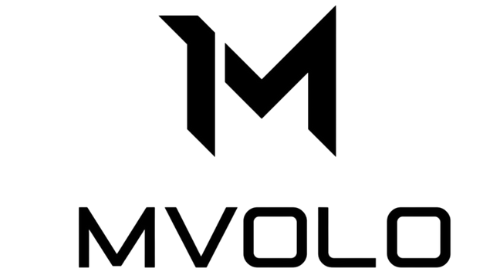Improving Cognitive Health with Red Light Therapy
Part
As the population ages and life expectancy increases, so does the number of people experiencing cognitive decline. This can range from mild memory problems to serious neurodegenerative disorders such as dementia and Alzheimer's disease. But what if there was a simple, non-invasive way to support the brain and slow this process? Red light therapy (RLT) offers hope in the fight against cognitive decline.
What is Cognitive Decline?
Cognitive decline refers to a decrease in the ability to think, remember, and reason. It is a normal part of aging, but in some people, the process can be accelerated. Factors such as stress, lack of physical activity, and poor nutrition can contribute to this process. In addition, conditions such as Alzheimer's and Parkinson's can seriously affect cognitive health.
The Impact of Aging on the Brain
As we age, our brain undergoes several changes that can lead to cognitive decline. The brain gradually loses its ability to form new connections between neurons, resulting in a decrease in neuroplasticity. In addition, the amount of oxidative stress in the brain increases, which can lead to cell damage and inflammation. These processes play a major role in the decline of cognitive functions such as memory and concentration. Blood flow to the brain also decreases with age, which can limit the supply of essential nutrients and oxygen.
Fortunately, research suggests that certain therapies, such as red light therapy, can slow or even reverse these negative effects.
The Science Behind Red Light Therapy
Red light therapy is a treatment method that uses red and infrared light waves to stimulate cells. It works on a deeper level in the body and promotes energy production in the mitochondria, the powerhouses of our cells.
Research has shown that RLT has benefits for improving brain function. In a study published in Frontiers in Aging Neuroscience, mice exposed to red light therapy were tested for their memory and learning ability. The results showed that the mice performed better in cognitive tests, suggesting that RLT may have neuroprotective effects.
RLT and Neuroprotection
One of the most promising aspects of red light therapy is its potential to reduce brain cell damage associated with aging and neurodegenerative diseases. Red light appears to have the ability to reduce oxidative stress, a key mechanism contributing to cell damage in the brain.
A study conducted by the Journal of Applied Physiology supports these findings. The researchers found that infrared light was able to improve blood flow to the brain, which is crucial for cognitive health.
Conclusion
Red light therapy offers a promising, non-invasive approach to slowing cognitive decline. By improving brain cell activity and reducing oxidative stress, it may contribute to better cognitive health, especially as we age. At Mvolo, we believe in the power of red light therapy and stay up to date with the latest scientific developments to provide you with the best support.
Sources
Cassano, P., Petrie, SR, Mischoulon, D., Cusin, C., Katnani, H., Yeung, A., ... & Iosifescu, D.V. (2018). The efficacy of transcranial photobiomodulation for major depressive disorder: A randomized, sham-controlled study. Frontiers in Aging Neuroscience, 12 , 143. https://doi.org /10.3389/fnagi.2020.00143
McCraty, R., Atkinson, M., & Tomasino, D. (1997). Modulation of DNA conformation by heart-focused intention. Subtle Energies & Energy Medicine, 13 (4), 251-262. https ://doi.org /10.1002/(SICI)1099-1700(199710)13:4 <251::AID-SMI750>3.0.CO;2-0
Naeser, M.A., Saltmarche, A., Krengel, M.H., Hamblin, M.R., & Knight, J.A. (2011). Improved cognitive function after transcranial, light-emitting diode treatments in chronic, traumatic brain injury: Two case reports. Journal of Applied Physiology, 110 (3), 678-685. https://doi.org /10.1152/japplphysiol.00165.2011
De Maeseneer, Y. (2017). Photobiomodulation in tissue repair: New perspectives for wound healing and skin rejuvenation (Master's thesis). Ghent University. https://libstore.ugent.be / fulltxt /RUG01/002/352/021/RUG01-002352021_2017_0001_AC.pdf
Naeser, M.A., Zafonte, R., Krengel, M.H., Martin, P.I., Frazier, J., Hamblin, M.R., & Knight, J.A. (2014). Significant improvements in cognitive performance post-transcranial, red/near-infrared light-emitting diode treatments in chronic, mild traumatic brain injury: Open-protocol study. Journal of Neurotrauma, 31 (11), 1008-1017. https://doi.org /10.1089/neu.2013.3244






